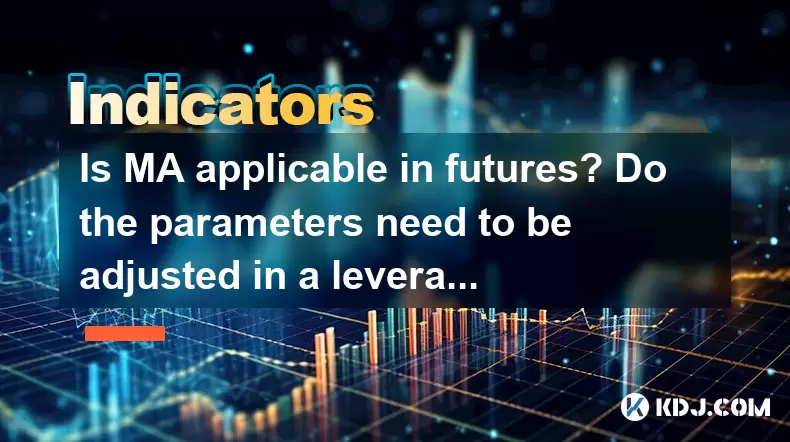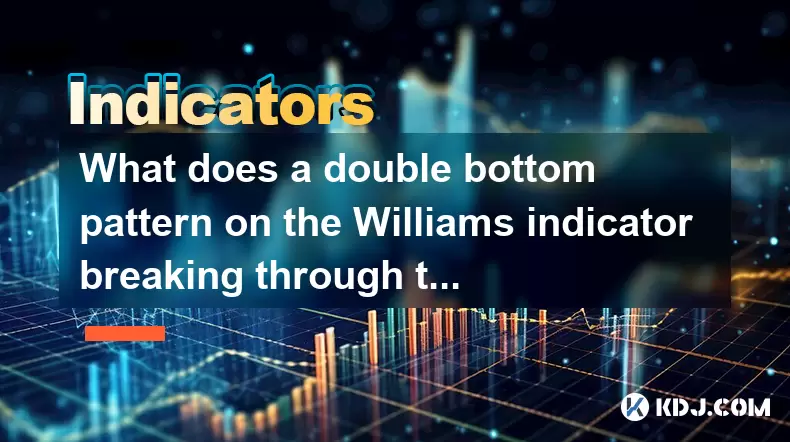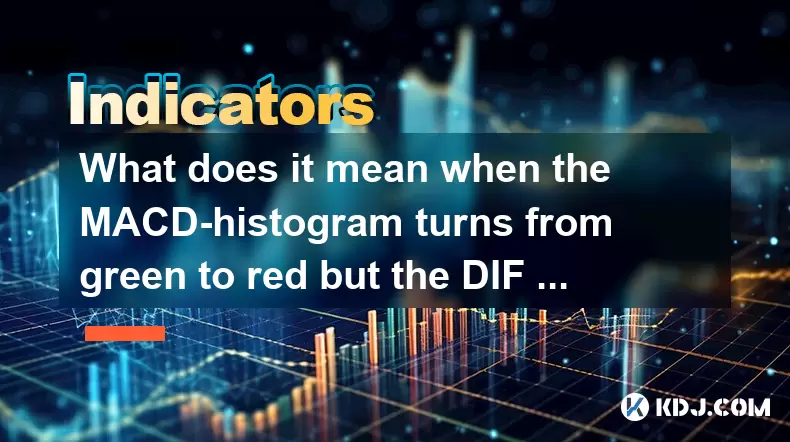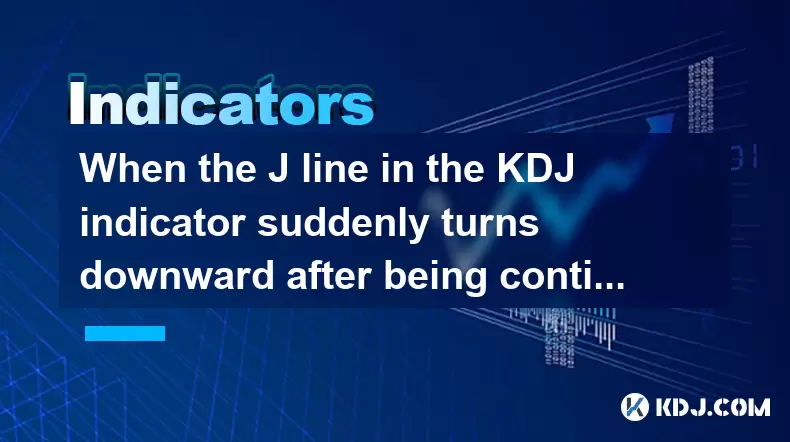-
 Bitcoin
Bitcoin $116400
-0.36% -
 Ethereum
Ethereum $4033
3.40% -
 XRP
XRP $3.302
-1.26% -
 Tether USDt
Tether USDt $1.000
-0.02% -
 BNB
BNB $796.1
1.67% -
 Solana
Solana $177.8
1.89% -
 USDC
USDC $0.9999
0.00% -
 Dogecoin
Dogecoin $0.2314
4.09% -
 TRON
TRON $0.3381
0.14% -
 Cardano
Cardano $0.7989
1.22% -
 Stellar
Stellar $0.4496
-1.84% -
 Chainlink
Chainlink $20.42
9.42% -
 Hyperliquid
Hyperliquid $41.17
0.88% -
 Sui
Sui $3.914
3.77% -
 Bitcoin Cash
Bitcoin Cash $584.7
1.52% -
 Hedera
Hedera $0.2632
-0.54% -
 Avalanche
Avalanche $24.09
3.40% -
 Ethena USDe
Ethena USDe $1.001
-0.02% -
 Litecoin
Litecoin $123.2
1.33% -
 Toncoin
Toncoin $3.318
-0.04% -
 UNUS SED LEO
UNUS SED LEO $8.984
-0.05% -
 Shiba Inu
Shiba Inu $0.00001323
2.85% -
 Uniswap
Uniswap $10.90
4.41% -
 Polkadot
Polkadot $3.999
3.34% -
 Dai
Dai $1.000
0.01% -
 Cronos
Cronos $0.1630
9.64% -
 Bitget Token
Bitget Token $4.484
0.82% -
 Monero
Monero $272.4
2.44% -
 Pepe
Pepe $0.00001173
6.03% -
 Aave
Aave $290.8
2.88%
Is MA applicable in futures? Do the parameters need to be adjusted in a leveraged environment?
MAs help futures traders manage risk and make informed decisions by smoothing price data and identifying trends, especially useful with leverage.
May 21, 2025 at 02:00 pm

Is MA Applicable in Futures Trading?
Moving Average (MA) is a widely used technical analysis tool in the cryptocurrency market, and its application extends to futures trading as well. The core concept of an MA involves calculating the average price of a cryptocurrency over a specified period, helping traders identify trends and potential entry or exit points. In futures trading, where leverage can amplify both gains and losses, the use of MAs can be particularly beneficial for managing risk and making informed trading decisions.
How MA Works in Futures Trading
In the context of futures trading, MAs serve the same fundamental purpose as they do in spot trading: they smooth out price data to create a single flowing line, making it easier to identify the direction of the trend. Traders often use two types of MAs in futures trading: the Simple Moving Average (SMA) and the Exponential Moving Average (EMA). The SMA gives equal weight to all prices within the period, while the EMA places more weight on recent prices, making it more responsive to new information.
For example, if a trader is looking at the 50-day SMA of Bitcoin futures, they would calculate the average closing price of Bitcoin over the last 50 days. If the current price of Bitcoin futures is above this 50-day SMA, it could be interpreted as a bullish signal, suggesting that the trend is upward. Conversely, if the price is below the SMA, it might be seen as a bearish signal, indicating a downward trend.
Adjusting MA Parameters in a Leveraged Environment
When trading futures with leverage, adjusting the parameters of MAs becomes crucial. Leverage can magnify the impact of price movements, making it essential to fine-tune the MA settings to better align with the increased volatility and risk associated with leveraged positions.
Shortening the MA Period: In a leveraged environment, traders might consider using shorter MA periods to react more quickly to price changes. For instance, instead of using a 50-day SMA, a trader might opt for a 20-day or even a 10-day SMA to capture shorter-term trends more effectively.
Using Multiple MAs: Combining different MAs can help traders gain a more comprehensive view of the market. For example, using a short-term EMA (like a 9-day EMA) alongside a longer-term SMA (such as a 50-day SMA) can provide insights into both short-term fluctuations and longer-term trends.
Adjusting Sensitivity: The sensitivity of an MA can be adjusted by changing the type of MA used. An EMA is generally more sensitive to recent price changes than an SMA, which can be beneficial in a leveraged environment where quick reactions to market movements are often necessary.
Practical Application of MAs in Futures Trading
To illustrate how MAs can be applied in futures trading, consider the following scenario:
A trader is monitoring the price of Ethereum futures with a leverage of 10x. They decide to use a 20-day EMA and a 50-day SMA to guide their trading decisions.
If the 20-day EMA crosses above the 50-day SMA, the trader might interpret this as a strong bullish signal and consider entering a long position. They would calculate their position size based on their risk tolerance and the leverage they are using.
Conversely, if the 20-day EMA crosses below the 50-day SMA, the trader might see this as a bearish signal and consider closing their long position or entering a short position.
Risk Management with MAs in Futures Trading
Risk management is paramount when trading futures, especially with leverage. MAs can be a valuable tool in this regard, helping traders set stop-loss orders and manage their positions more effectively.
Setting Stop-Loss Orders: Traders can use MAs to determine where to place their stop-loss orders. For example, if a trader enters a long position based on a bullish MA crossover, they might set their stop-loss order just below a key MA level to limit potential losses.
Position Sizing: The use of MAs can also inform position sizing decisions. By understanding the strength and direction of the trend, traders can adjust their position sizes to align with their risk management strategies.
Monitoring Market Volatility: MAs can help traders gauge market volatility, which is crucial in a leveraged environment. A widening gap between short-term and long-term MAs might indicate increased volatility, prompting traders to adjust their leverage or position sizes accordingly.
Integrating MAs with Other Technical Indicators
While MAs are powerful tools on their own, they can be even more effective when used in conjunction with other technical indicators. For example, traders might combine MAs with Relative Strength Index (RSI) or Bollinger Bands to gain a more comprehensive view of the market.
RSI: The RSI can help traders identify overbought or oversold conditions. If an MA crossover signals a bullish trend and the RSI is below 30 (indicating an oversold condition), it might reinforce the decision to enter a long position.
Bollinger Bands: These can provide insights into volatility and potential price breakouts. If the price of a futures contract moves outside the Bollinger Bands and an MA crossover occurs, it might signal a strong trend, prompting a trading decision.
Frequently Asked Questions
Q: Can MAs be used effectively in all types of futures markets?
A: MAs can be applied to various types of futures markets, including those for cryptocurrencies, commodities, and indices. However, the effectiveness of MAs can vary depending on the market's volatility and liquidity. In highly volatile markets, shorter-term MAs might be more effective, while in more stable markets, longer-term MAs could be more suitable.
Q: How often should MA parameters be adjusted in a leveraged environment?
A: The frequency of adjusting MA parameters in a leveraged environment depends on market conditions and the trader's strategy. In highly volatile markets, traders might need to adjust their MA settings more frequently to stay aligned with rapid price changes. In more stable conditions, less frequent adjustments might be sufficient.
Q: Are there any specific MA settings recommended for beginners in futures trading?
A: For beginners, starting with commonly used settings like a 20-day EMA and a 50-day SMA can be a good approach. These settings provide a balance between responsiveness to recent price changes and a broader view of the trend. As beginners gain more experience, they can experiment with different MA settings to find what works best for their trading style and risk tolerance.
Q: Can MAs be used to predict market reversals in futures trading?
A: While MAs can help identify potential trend reversals, they should not be used as the sole basis for predicting market movements. MAs can signal when a trend might be weakening or reversing, but traders should use additional indicators and analysis to confirm these signals and make more informed trading decisions.
Disclaimer:info@kdj.com
The information provided is not trading advice. kdj.com does not assume any responsibility for any investments made based on the information provided in this article. Cryptocurrencies are highly volatile and it is highly recommended that you invest with caution after thorough research!
If you believe that the content used on this website infringes your copyright, please contact us immediately (info@kdj.com) and we will delete it promptly.
- Moat Stocks & Mega-Cap Momentum: July's Standout Performance
- 2025-08-09 12:30:12
- Injective (INJ) Eyes $15.39 Breakout Amidst Explosive Network Growth
- 2025-08-09 12:30:12
- HAT Token Mania: Price Surges, Crypto Auctions, and Meme Coin Mayhem
- 2025-08-09 11:10:11
- Undervalued Cryptos Primed for a 2025 Takeoff: MAGACOIN, TRX, and SUI Lead the Pack
- 2025-08-09 11:10:11
- Bitcoin Goes to Harvard: Ivy League Embraces Digital Assets
- 2025-08-09 10:50:12
- Bitcoin, BlockDAG, and Toncoin: Decoding the Crypto Buzz in NYC
- 2025-08-09 11:30:11
Related knowledge

What does it mean when the Triple Moving Average (TRIX) turns downward but the price doesn't fall?
Aug 09,2025 at 12:42pm
Understanding the Triple Moving Average (TRIX) IndicatorThe Triple Moving Average, commonly known as TRIX, is a momentum oscillator designed to filter...

What does it mean when the Williams' oscillator repeatedly hits bottoms but fails to rebound?
Aug 09,2025 at 09:28am
Understanding the Williams %R OscillatorThe Williams %R oscillator, developed by Larry Williams, is a momentum indicator used in technical analysis to...

What does a double bottom pattern on the Williams indicator breaking through the 50-day midline indicate?
Aug 09,2025 at 10:56am
Understanding the Williams %R IndicatorThe Williams %R indicator, developed by Larry Williams, is a momentum oscillator that measures overbought and o...

What does it mean when the MACD-histogram turns from green to red but the DIF line fails to form a golden cross?
Aug 09,2025 at 10:15am
Understanding the MACD and Its ComponentsThe MACD (Moving Average Convergence Divergence) is a widely used technical analysis tool in the cryptocurren...

When the J line in the KDJ indicator suddenly turns downward after being continuously overbought, does it indicate a top?
Aug 09,2025 at 06:35am
Understanding the KDJ Indicator and Its ComponentsThe KDJ indicator is a momentum oscillator widely used in cryptocurrency technical analysis to ident...

What does it mean when the TRIX indicator suddenly diverges downward after a long period of convergence?
Aug 09,2025 at 12:56am
Understanding the TRIX Indicator in Cryptocurrency TradingThe TRIX indicator, or Triple Exponential Average, is a momentum oscillator used in technica...

What does it mean when the Triple Moving Average (TRIX) turns downward but the price doesn't fall?
Aug 09,2025 at 12:42pm
Understanding the Triple Moving Average (TRIX) IndicatorThe Triple Moving Average, commonly known as TRIX, is a momentum oscillator designed to filter...

What does it mean when the Williams' oscillator repeatedly hits bottoms but fails to rebound?
Aug 09,2025 at 09:28am
Understanding the Williams %R OscillatorThe Williams %R oscillator, developed by Larry Williams, is a momentum indicator used in technical analysis to...

What does a double bottom pattern on the Williams indicator breaking through the 50-day midline indicate?
Aug 09,2025 at 10:56am
Understanding the Williams %R IndicatorThe Williams %R indicator, developed by Larry Williams, is a momentum oscillator that measures overbought and o...

What does it mean when the MACD-histogram turns from green to red but the DIF line fails to form a golden cross?
Aug 09,2025 at 10:15am
Understanding the MACD and Its ComponentsThe MACD (Moving Average Convergence Divergence) is a widely used technical analysis tool in the cryptocurren...

When the J line in the KDJ indicator suddenly turns downward after being continuously overbought, does it indicate a top?
Aug 09,2025 at 06:35am
Understanding the KDJ Indicator and Its ComponentsThe KDJ indicator is a momentum oscillator widely used in cryptocurrency technical analysis to ident...

What does it mean when the TRIX indicator suddenly diverges downward after a long period of convergence?
Aug 09,2025 at 12:56am
Understanding the TRIX Indicator in Cryptocurrency TradingThe TRIX indicator, or Triple Exponential Average, is a momentum oscillator used in technica...
See all articles

























































































